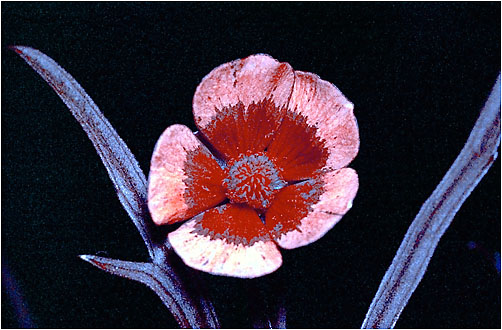
The County Dublin Beekeepers Association run a honey show every year. There are stands
for honey, beekeeping equipment, cakes and tea and various tatty knick knacks. Well the divining stuff was tat at least. The main star of the show is the bee product competition though
The categories to be judged include beeswax candles, honey based cakes, combs of honey, meads and most importantly honey. Watching the judging of the honey is fascinating.
The criteria include pollen in the honey, bubbles in the honey caused by incorrect pouring, weight, viscosity, taste and colour. Water content as measured by a refractometer. Honey should have a water content of about 17%, if it reaches above 20% it usually starts to ferment. The whole judging process is fascinating so if you ever get a chance to observe it you should.

I entered a dry mead made by Laura in the competition but she did not win. The judges find appearance very important so in future we will have to use the regulation bottles and stoppers.
I finally got a beekeeping suit. So I can stop constantly borrowing them. It is a Bj Sherriff suit bought from Ben Harden. I managed to terrify my wife this morning by sneaking up on her in it, nice.










































